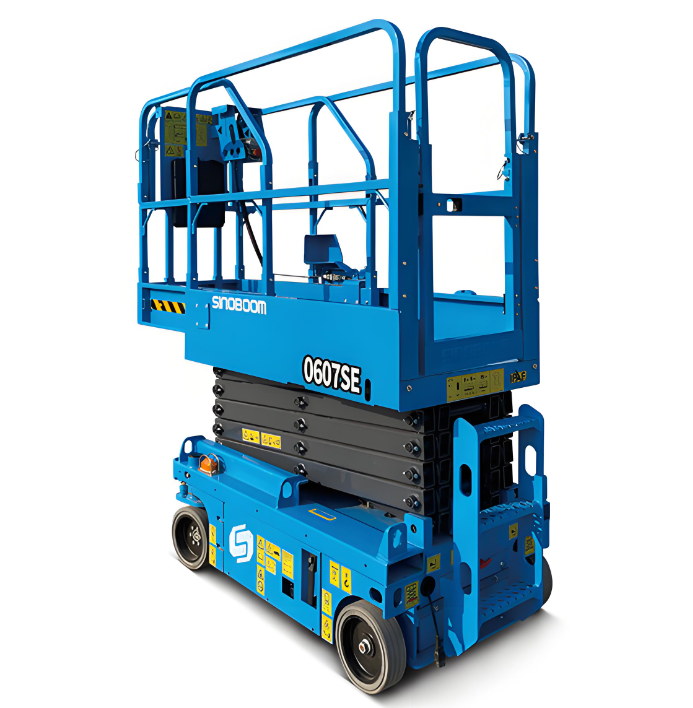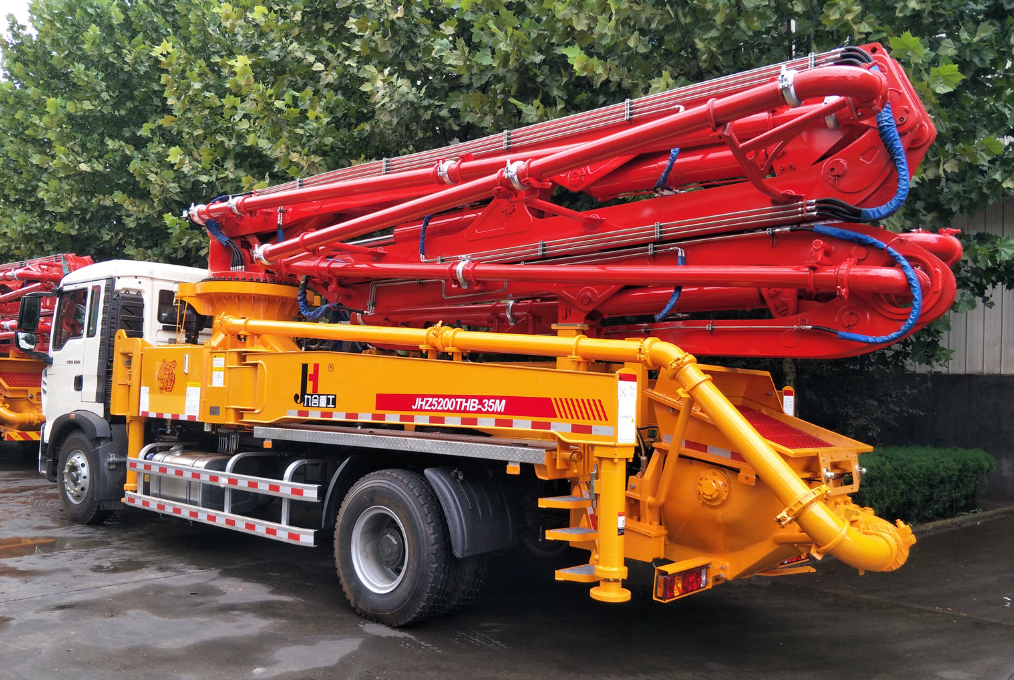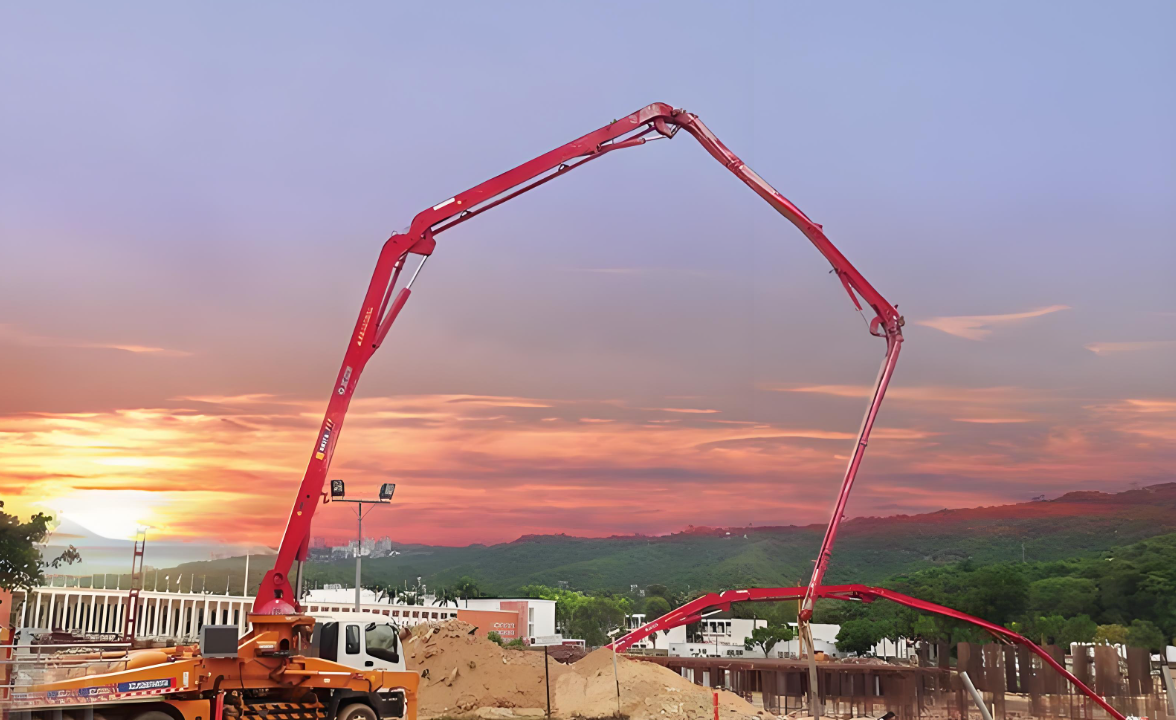road roller vibration
Road roller vibration represents a crucial advancement in modern construction technology, specifically engineered to achieve optimal soil and asphalt compaction. This sophisticated system combines dynamic force with static weight to deliver superior ground compression results. The vibration mechanism operates through an eccentric shaft rotating at high speeds, creating controlled oscillating movements that effectively compress materials. Modern road rollers typically feature dual amplitude settings, allowing operators to adjust the vibration intensity based on specific project requirements. The system's frequency typically ranges from 20 to 70 Hz, delivering consistent and uniform compaction across surfaces. The vibration technology significantly enhances the roller's efficiency by penetrating deeper into material layers, ensuring thorough compaction from bottom to top. This process is particularly effective in reducing air voids in asphalt pavements and achieving desired density specifications in soil compaction projects. The technology proves invaluable across various applications, including highway construction, airport runways, parking lots, and industrial complexes. Advanced models incorporate intelligent compaction systems that monitor and adjust vibration parameters in real-time, ensuring optimal results while preventing over-compaction.



